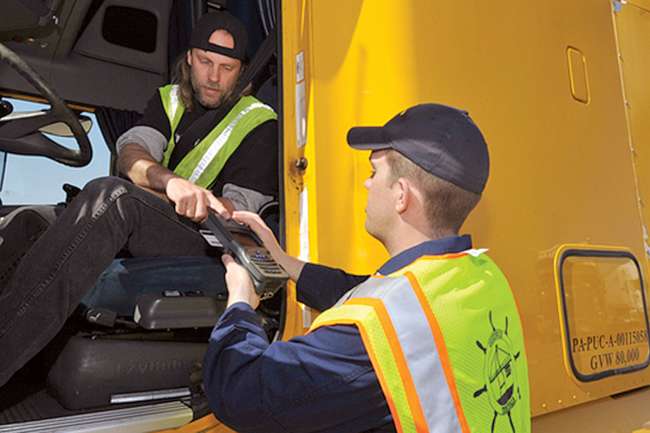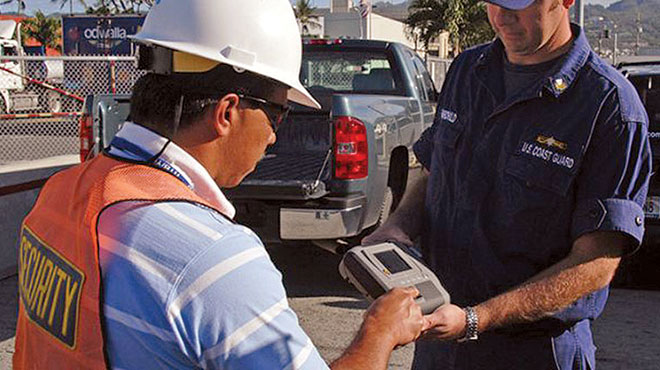Senior Reporter
House OKs Bill to Delay TWIC Deployment at High-Risk Facilities

The U.S. House of Representatives has approved legislation calling for a delay in deploying thousands of biometric readers for transportation security cards at the nation’s high-risk ports and commercial facilities.
A companion bill in the U.S. Senate (S. 3094) has been referred out of committee but at press time had yet to go to the floor for a vote.
The House bill (H.R. 5729), passed earlier this month, requires that the U.S. Coast Guard complete an assessment of the effectiveness of the biometric readers and the Transportation Security Administration’s Transportation Worker Identification Credential program that has been the subject of a number of critical government studies. It specifically requires that no further rulemaking on the TWIC program be conducted until after a “security effectiveness study of the program is complete and can be used to inform future rulemaking,” a House background document said.
“The Transportation Security Administration conducts background checks and issues the credentials for eligible workers; however, high costs of credentialing, lapses in background checks and poor management hinder the program’s security effectiveness,” the document said.
The TWIC allows transportation workers unescorted access to do their jobs at ports and other facilities.

A Coast Guard officer verifies a TWIC at Young Brothers in Honolulu. (U.S. Coast Guard)
The legislation, if approved by the Senate, could backstop a proposed three-year card reader deployment delay announced by the Coast Guard last month in an apparent reaction to pressure from a number of associations representing chemical, petroleum, manufacturing and business trade groups whose facilities would be included in the reader mandate originally set to go into effect Aug. 23.
The Coast Guard notice of proposed rule issued last month said the delay will include some facilities that handle certain dangerous cargoes in bulk — such as chemicals and gasoline — but does not include a delay for facilities that receive large passenger vessels and facilities that handle bulk shipments of certain dangerous cargoes and transfer them to or from a vessel. Those facilities still would need to meet an Aug. 23 deployment date, according to the proposed rule.
Also, a federal lawsuit filed in April by three of the affected groups alleged that the Coast Guard, which oversees TWIC enforcement in port and other cargo facilities, issued a final rule that was “a surprise to the regulated community” since it differed from an earlier proposed rule. The lawsuit plaintiffs are the American Chemistry Council, the International Liquid Terminals Association and the Fertilizer Institute.
A court hearing on the plaintiffs’ request for a stay of the 2016 final rule is scheduled for July 24.
The Coast Guard said the TWIC is being used as a visual identity badge on many vessels and facilities. Essentially, the Department of Homeland Security requires that a security guard examine the security features, including a hologram and watermark, embedded on the surface of the credential, check the expiration date listed on the card and compare the photograph to the person presenting the credential.
“While this system of visual TWIC inspection provides some benefits, it does not address all security concerns, nor does it make full use of the security features contained in the TWIC,” the Coast Guard said in its original 2016 final rule calling for expanding the number of biometric card readers.



